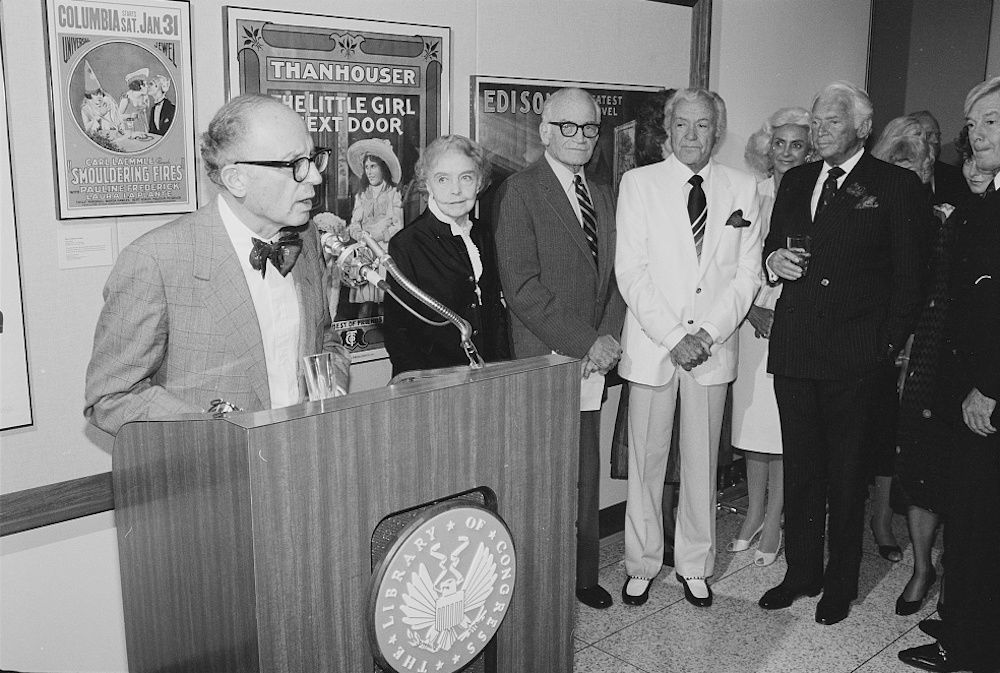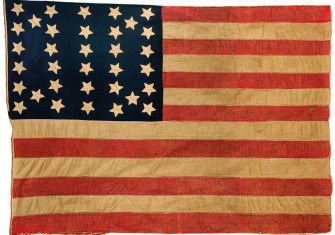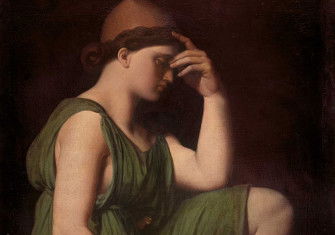‘Popularizing the Past’ by Nick Witham review
Popularizing the Past: Historians, Publishers, and Readers in Postwar America by Nick Witham explores the industry of popular history from Daniel Boorstin to Howard Zinn.

Nick Witham opens his new book by lining up two articles by famous historians, written four decades apart. ‘What’s the matter with history?’ was the question posed by Allan Nevins in the Saturday Review of Literature in 1939, as he wondered why academic historians insist on specialising, to the detriment of the field of popular history. Eric Foner’s diagnosis in the New York Times in 1980 was that historians had ‘abandoned non-academic audiences to television documentaries, historical novels, and gossipy biographies’. If you are, by chance, exhausted by the repetitive online back-and-forth on this very same question that has unfolded over the past decade, you will find little relief, but some welcome catharsis, in the pages of Popularizing the Past.
Witham offers five chapters, one each for the lives and works of postwar American historians Richard Hofstadter, Daniel Boorstin, John Hope Franklin, Howard Zinn and Gerda Lerner. Biographical details of the authors, some textual analysis of their keystone works, and publication histories are interwoven with a dose of reception history. The prose is sturdy and readable, and the biographies of these authors are fascinating. (Boorstin’s father defended Jewish factory owner Leo Frank when he was accused of killing teenage worker Mary Phagan – just one such revealing detail showing the way the historians’ lives intertwined with their times.)
The argument of Witham’s book is that the audience for popular historical nonfiction that explains America to itself has always been a diverse one, made up of various types of readers. The imagined past, when an idealised American reader relaxed by the fireside with a sturdy tome written by a credentialed academic, is, largely speaking, a fiction. Hofstadter’s The American Political Tradition (1948), for example, was aimed at a ‘general’ audience that, Witham writes, was considered to be made up of ‘educated and intelligent American citizens from across the political spectrum who appreciated the opportunity to learn from experts’. These ‘middlebrow’ (to use the terminology of the times) readers were more likely to encounter nonfiction than before because of the paperback revolution.
But this was not the only type of reader looking for popular history in the postwar milieu. The differentiation Witham draws is between this ‘general’ audience that read Hofstadter or Boorstin for enrichment, and the ‘activist’ readers looking for a useable past. Such readers might be drawn to Franklin (a pioneer in the writing of Black history for a popular audience), Zinn (whose People’s History of the United States should need no introduction), or Lerner (who wrote readable books about women’s history at the cusp of second-wave feminism).
The best parts of Popularizing the Past are the archival discoveries of letters from readers, and between editors and writers, showing the nitty-gritty of how this sausage got made – and eaten. It is fascinating to see how the people who ran the ‘Book-of-the-Month Club’ rejected the first volume of Boorstin’s The Americans as being of ‘appeal to the specialized, rather than the general reader’, and to hear how Boorstin and his editors responded. It’s infuriating – but extremely informative – to find out that the publishing house Knopf promoted John Hope Franklin’s From Slavery to Freedom with a blurb from Arthur Schlesinger that lauded the Black historian for writing ‘without a chip on his shoulder’, as part of a campaign to get the book into the hands of as wide a range of readers as possible. And it’s confounding to see that Lerner was asked whether she could include more female ‘villains’ in her books. She declined, saying that women had not had enough power to be villains – an idea carefully examined, and gainsaid, by later scholarship on American white women who were slaveholders and eugenics activists, among other villainous things.
What is missing from Popularizing the Past is discussion of how the changing economies of prestige, in academia and in publishing, have affected the ambitions of academic historians to write ‘for the public’. Often, in this conversation, a material problem gets reframed as one of volition. Witham refers in his introduction and conclusion to Harvard historian and New Yorker writer Jill Lepore’s recent critique of the rest of the members of her profession, who she believes have ceded the ‘work of providing a legible past and a plausible future’ for American readers to the ‘charlatans, stooges, and tyrants’ – people like Glenn Beck and Bill O’Reilly – who regularly send popular histories that are far from academically acceptable up the bestseller lists.
But, as many historians pointed out in responses to Lepore, American historians are in crisis, with the academic job market in such continuous freefall that to describe it as ‘freefall’ has become a cliché. If you are still hoping for tenure, writing a ‘popular’ history before getting a tenure-track job is perceived, in many departments, as a bad move for an early-career scholar. Meanwhile, available book advances for serious non-fiction are diminishing in scale. Historians reading Witham’s work may sigh in despair upon seeing that Richard Hofstadter got an advance of $270,000 – in 1960s dollars – for a three-volume political history of the American people. When it comes to writing books, job security and financial padding aren’t everything, but they are not nothing, either.
That’s not to mention the biggest question haunting these pages: does anyone even buy, or read, these kinds of books in the digital age? Historians in the US do continue to try to reach mass audiences – on Instagram, TikTok, Twitter and all the Twitter clones; by starting podcasts and blogs; by writing for online outlets and newspapers; and through the number one forum for ‘popularization’, the place where they can probably be the most effective of all: the classroom. New laws against teaching Critical Race Theory are making that last more difficult for academics in many Republican-controlled states. With all of this going on, a debate over academic historians’ obligations to produce sound, readable popular history, in book format, feels like an artefact of a different, gentler time.
Popularizing the Past: Historians, Publishers, and Readers in Postwar America
Nick Witham
University of Chicago Press, 240pp, £20
Buy from bookshop.org (affiliate link)
Rebecca Onion is a senior editor at Slate.






